Back in February, we announced that Nutrabolt was launching its 5th generation of the C4 pre-workout product line.
The C4 line has a decades-long legacy in sports nutrition, but make no mistake, Nutrabolt is bringing some real innovation to this redesign. For example, just last week we covered how the line's biggest formula, C4 Ultimate Strength, features two different peptide ingredients, so the formula rightfully grabbed most of the headlines in the sports and active nutrition supplement space.

The new 2024 version of C4 Sport has landed at Target, and it's got nearly twice the scoop size, NSF Sport Certification for drug-tested athletes, two variations in Strength and Ripped with even more ingredients.
However, Nutrabolt has more good news, especially if you're a Target shopper and are looking for a product verified safe for drug-tested athletes.
Nutrabolt C4 Sport Updated for the 5th Generation
Today we're taking a deep dive into the main C4 Sport formula, and then show the two separate formulas in C4 Sport Strength and C4 Sport Ripped, and how they differ. We're pleased to report that the series stays true to its roots, with a more conservative and slightly less "pumped up" formula, which is the right decision for athletes who need movement and flexibility.
However, at a 12.6 gram scoop weight, it's nearly twice the size of the previous formula (and fully disclosed), adding a lot more value - especially since there's now a 200 milligram caffeine dose, and no need to double-scoop it for more energy.
NSF Certified For Sport – World Anti-Doping Agency (WADA) Compliant
One of the coolest things about the 5th generation C4 products is that the entire line is now NSF Certified for Sport, which means it's guaranteed to be batch-tested free of substances banned from athletic competition by WADA (the World Anti-Doping Agency).
This makes the three C4 Sport formulas all safe choices for competitive athletes, leaving no question. This launch is also special, as it's first available at TARGET, something we don't see often in the industry.
Let's get into how the fifth-gen C4 Sport series can work for you, but first, check PricePlow's product availability and sign up for our news and deals:
Cellucor C4 Sport – Deals and Price Drop Alerts
Get Price Alerts
No spam, no scams.
Disclosure: PricePlow relies on pricing from stores with which we have a business relationship. We work hard to keep pricing current, but you may find a better offer.
Posts are sponsored in part by the retailers and/or brands listed on this page.
This area is reserved for Team PricePlow's upcoming videos.
Subscribe to our channel and sign up for notifications so you catch it when it goes live!
Let's start with the main C4 Sport formula, and then show some of the add-ons for the Strength and Ripped versions after that.
C4 Sport Ingredients
In a single 12.6-gram (1 scoop) serving of C4 Sport, you get the following:
-
Performance Booster Matrix - 6.25g
This blend contains the ergogenic aids – which, in the supplement world, is defined as any compound that boosts an individual's energy usage, effectiveness, or performance while exercising. This is the blend that will give your engine the gas it needs to push the limits of your capability.
-
CarnoSyn Beta-Alanine - 2g
Beta-alanine is a safe and effective ergogenic aid, especially for building up carnosine stores in an effort to increase endurance.[1]
It works by joining up with an amino acid called histidine to form carnosine (β-alanyl-L-histidine), a molecule that helps eliminate lactic acid from your muscle tissue.[1] Carnosine saturation and build-up is the ultimate goal here -- remember this for our dosage discussion later.
Since lactic acid (aka lactate) build up during exercise is a huge factor in the development of muscular fatigue, helping your body get rid of it faster can delay fatigue onset, effectively boosting athletic endurance. Carnosine supports this waste removal, and beta-alanine is the rate-limiting precursor for carnosine production,[1] so it's a wise choice to supplement -- especially since carnosine itself isn't orally bioavailable,[2]
The peer-reviewed literature is a testament to beta-alanine's endurance-boosting effect,[1,3-5] and research has shown some synergy with creatine,[6] which is a mainstay in the C4 lineup.
Three meta-analyses of the beta-alanine literature concluded that for a wide variety of exercises and sports. 3,200 milligram doses taken daily, can significantly increase endurance and decrease feelings of fatigue.[3-5] The totality of evidence shows that beta-alanine is most effective in exercises sustained for between 30 seconds and 10 minutes,[3,4] which aligns very well with sports use.
Discussion on the dosage
However, that leads us to the point that each scoop of C4 Sport has a 2 gram dose -- not the generally-studied 3.2 gram dose. If you look at most research, though, it's usually spaced out throughout the day,[5,7] so one answer for bigger individuals is to add a bit more beta-alanine at other parts of your day. But not all research necessitates this!
There are two important things to note:
-
Beta-alanine is about carnosine saturation... and it works for this at even smaller doses
Beta alanine helps you get more muscle carnosine content, and 1.6 grams daily improves carnosine levels.
A study showed that supplementing 1.6 grams of beta-alanine per day still led to significantly increased carnosine production within 2 weeks.[8]
The 3.2 gram dose did so better, but since increasing carnosine is our biological goal here, this study is quite promising.
-
Beta-alanine worked acutely in one study at 30 milligrams per kilogram
A 2019 study conducted in Chile (which is published in Spanish) acutely tested beta-alanine in weight-dependent doses on highly-trained athletes with great results in a limited time test (LTT).[9]
This was a double-blinded, placebo-controlled, crossover study, where the subjects served as their own controls, and the tests were taken days apart (with and without beta-alanine). It involved an endurance sprint test, where beta-alanine was shown to significantly improve the time spent and total distance run at a fixed speed before the athletes gave out.[9]
Acute beta alanine at 30mg/kg led to increased time and distance run in an LTT (Limited Time Test)![9]
Now here's the cool part -- rather than give all athletes the same dosage, the researchers gave them 30 milligrams per kilogram -- which, if you're under 66.67kg (147lbs), is 2 grams or less!
Looking at the participants' weights, they weren't huge athletes, meaning several of them had ~2g beta-alanine or less - and it worked acutely![9]
It turns out that there were quite a few athletes (including women) who were under that weight, and a few others that were quite close to it -- and the study did achieve statistical significance in total time and distance in the fixed run![9]
The second study's dosing methods make a lot of sense. Why should 3.2 grams of beta alanine be the clinical dose for everyone, when it's all about getting muscle tissue to carnosine saturation, and smaller people have smaller amounts of muscle tissue?!
If you're a woman or a younger/smaller man, 3.2 grams every single day may not entirely be necessary. So it turns out that 2.0 grams per day may actually be clinically-significant for you... and for people who are the right size, that dose has been shown to work acutely in a test that very highly replicates athletic settings.
Something to chew on, for sure.
-
-
L-Arginine - 2g
Arginine is a precursor to nitric oxide (NO),[10,11] a gaseous molecule that triggers vasodilation. The amount of NO your body makes is largely a function of how much arginine your endothelial cells absorb from food and supplements. Arginine also increases the body's ability to use the NO it has.[10]
While citrulline has replaced arginine for nitric oxide support in modern supplements, arginine is not without its merits, even at this dose. Remember, C4 Sport is geared towards athleticism, not "massive skin-swelling pumps in the gym". If you want the latter, check out our article on C4 Ultimate Strength.
But for actual sports performance, 2 grams of L-arginine has been shown to significantly increase VO2 max in male soccer players using the Harvard Step Test.[12]
Even better, a study using 1.5 grams per day showed significant mean increases in a physical working capacity at the fatigue threshold (PWCFT) test.[13] This is a biometric-based electromyographic test used to estimate the greatest power output one can maintain without showing neuromuscular signs of fatigue.
A small 1.5 gram dose of arginine led to significant improvements in the Physical Working Capacity at the Fatigue Threshold Test (PWCFT).[13]
These studies led researchers in a large 2022 meta-analysis to conclude that chronic arginine supplementation of 1.5 to 2 g/day for 4 to 7 weeks presented a positive impact on aerobic and anaerobic performance.[14]
In the above study on soccer players, the average athlete weighed about 162 pounds (73.82kg), so we have to once again call weight into question regarding the dose. If you're a gym monster, you'll likely want much more than this. But if you're an average sized athlete, a single scoop of C4 Sport may be all you need without getting you so pumped up that you can't run!
-
BetaPower Betaine Anhydrous - 1.25g
Betaine is an ingredient also known as trimethylglycine, meaning it's a glycine amino acid with three methyl groups attached to it. Because of this structure, it's often used to support methylation, and can reduce homocysteine levels,[15,16] and homocysteine is a potential cardiovascular risk factor. It's also an osmolyte that regulates fluid levels and maintains hydration across cells, and that can lead to increases in cellular strength[17] and heat shock protection.[18]
Need to go even bigger for bigtime weight training? Then check out C4 Ultimate Strength
However, nearly all successful studies with respect to athletic performance and body composition use at least 2.5 grams of betaine per day, including one landmark study discussing the homocysteine mechanism above.[15,16]
The good news is that betaine supplementation has been shown to be dose-dependent in terms of reducing homocysteine levels,[19-21] and one study that combined the same vitamins in C4 Sport with 1 gram of betaine saw a significant reduction in homocysteine levels as well (although that study had folate dosed higher).[22]
This dose-dependent nature means that betaine will biologically do something helpful at the 1.25 gram dose, but it's difficult to actually claim any specific athletic benefits based upon the 2.5 gram studies.
-
Creatine Nitrate (as NO3-T) - 1g
Nutrabolt has moved C4 Sport away from creatine HCl and to their long standing use of creatine nitrate, which is found in numerous other C4 pre-workouts.
Right off the bat, we need to calculate what this is providing, so you understand that it's not really here to cover your day's worth of creatine. Creatine nitrate is theoretically 67.5% creatine and 32.5% nitrate,[23] so here we have roughly:
- 675 milligrams of creatine
- 325 milligrams of nitrate
Since the average male excretes about 2 grams of creatine per day,[24] this is not enough to cover your creatine bases, unless you're eating tons of meat. So while we'll gladly take any and all creatine that gets us towards our general ~3-5 gram daily goal (through both food and supplementation), we're really here for the novelty of the nitrates.
How nitrates work
Nitrates are desirable for the same reason as arginine – they help the body create nitric oxide, and through a different pathway: When nitrates are ingested, oral bacteria chemically reduce those nitrates to nitrites. When mixed with saliva, those nitrites can convert to nitric oxide in the acidic environment of the stomach and gastrointestinal tract.[15-17]
We mention this because it's not going to overlap with the arginine mechanism. In fact, arginine and nitrate have actually been shown to be synergistic.[25]
General benefits of nitrates
Because supplemental nitrates can increase NO production, they come with the usual NO-related benefits at various doses:
- Increased plasma nitric oxide[26,27] (one study used beetroot juice calculated to have 316 milligrams of nitrate)[26]
- Improved blood flow[28]
- Strength and force production gains[26,29]
- Better physical endurance[30,31]
- Lower recovery times[29]
- Greater cellular energy[27,32]
- Reduced oxygen requirements[28,30,31,33]
Studies performed specifically on creatine nitrate
Creatine nitrate has also been studied itself. First, there's a safety study showing that both 1 gram and 2 grams per day are safe over the course of 4 weeks of use,[34] and another showing safety at 1.5 and 3 grams.[35]
Next, a study showed significant increases in bench press power at this 1 gram dose,[35] which is important because that's what's in C4 Sport.
Research also shows that creatine nitrate works quite well in higher doses from 1.5 to 3 grams daily as well.[35-37] One of the higher-dosed studies also showed increases in leg press strength and endurance.[37]
Overall, we're quite happy to see a bit of nitrate here, which has more athletic prowess in terms of endurance and fatigue than the creatine HCl that's in here. With that said, nearly all athletes will want to consider adding at least a couple more grams of creatine (as well as betaine) elsewhere in their day.
-
-
Explosive Energy & Focus Complex - 1.205 grams
While being physically prepared for a tough workout is important, the motivational and mental side of things is just as big of a deal. The ingredients in this blend will get you feeling sharp, focused, and inspired to push as hard as you can when it counts the most.
-
Taurine - 1g
Taurine has tons of different benefits for health and performance, but its cognitive impact is why it's leading off in this complex – and why it's been a popular energy drink ingredient for decades.
Taurine is a powerful antioxidant,[39,40] especially when it comes to protecting your cells' all important mitochondria.[41] In neurons, it can actually trigger mitochondrial biogenesis, the creation of new mitochondria.[41] Recall that mitochondria are the powerhouses of the cell, generating all the energy that your cells use to perform all metabolic tasks.
When it participates in the brain's neurotransmitter systems, taurine exerts calming, anxiolytic properties,[42] and decreasing neural inflammation.[43] Yet it simultaneously upregulates dopamine synthesis and signaling, reinforcing the fitness and performance of your all-important dopamine-producing neurons.[44,45] Taurine is, in a word, neuroprotective.
Caffeine synergy
The above effects make taurine a great complement to caffeine, which is why it makes a ton of sense in the C4 Sport. One interesting study that used a lot more caffeine and taurine than C4 Sport showed how well the two worked together in elite boxers.[46]
It seems that taurine can certainly reduce some of caffeine's downsides without taking away its upsides, contributing to benefits on its own. And one of its best benefits is through hydration:
Cellular hydration effects
Taurine also has ergogenic effects due to the fact that it's an osmolyte, meaning it can affect the behavior of biological fluids around cells (like betaine also in this formula). More specifically, taurine can increase the water content of your body's cells above baseline, a state called cellular hyperhydration that comes with some highly desirable performance-boosting effects.[47]
For one thing, along with the additional water comes added nutrients and more efficient cellular waste elimination. This can make your cells more resilient in the face of heat stress.[48]
Increased endurance - in one use!
Hyperhydrated cells can work harder for longer, which ultimately manifests as increased aerobic and anaerobic endurance during exercise. According to a 2018 meta-analysis, even a single one-gram dose of taurine significantly increases athletic endurance[38] -- and that's what we have here in C4Sport!
Taurine has also been shown to improve muscular electrolyte function,[49] and can help prevent muscle cramps.[50]
This is simply an all-around great ingredient. We basically believe taurine belongs in nearly every person's supplement stack - especially if they're athletic!
-
Caffeine anhydrous (200 mg)
One of the big changes from the previous version of C4 Sport is the move from 135 milligrams to 200 milligrams of caffeine anhydrous. No more needing to double-scoop C4 Sport, this dose is perfect for athletes who want to run and gun but don't want to get over-jittered.
Even a moderate dose of caffeine (3mg/kg, which is about 240mg caffeine for a 175lb person or 200mg caffeine for someone just under 150lbs) can lead to improvements in performance, reaction time, and fewer errors in sports like tennis.[51]
Caffeine is a stimulant and naturally-occuring methylxanthine alkaloid that's capable of crossing the blood-brain barrier (BBB). Thanks to its exceptional bioavailability in the central nervous system, caffeine can reliably heighten mood, sharpen focus, increase energy, and even improve athletic performance.[52]
Caffeine's primary energy-increasing mechanism is, actually, better understood as an anti-fatigue mechanism. You see, there's a chemical called adenosine, which during the day builds up in the brain as a byproduct of ATP utilization, and as it accumulates, causes you to feel tired.[52,53] Adenosine buildup is basically why we feel progressively more tired as the day wears on – and caffeine antagonizes the action of adenosine by blocking the adenosine receptor.[52,53]
Thanks to this, caffeine can improve attention, vigilance, reaction time, and even working memory, which is linked to fluid intelligence.[54,55] This has even been shown at reasonably low 3mg/kg doses in a sport application - specifically in a study on tennis.[51]
However, caffeine does also give us more energy in the most literal possible sense – it speeds up cellular metabolism by inhibiting an enzyme called phosphodiesterase, which is responsible for breaking down a messenger molecule called cyclic adenosine monophosphate (cAMP). Since cAMP's role is to stimulate cellular energy production, less phosphodiesterase activity means more cAMP, and ultimately, a faster cellular-metabolic rate.[52,53,56]
Caffeine is also useful for burning fat.[57] Research on caffeine shows that it can increase the body's rate of lipolysis by about 50%.[58]
Primarily through its impact on phosphodiesterase, caffeine can improve several aspects of physical performance, including strength, speed, and endurance.[59]
-
Toothed Clubmoss (Huperzia serrata) aerial parts extract (std. 1% Huperzine A) - 5mg
Huperzine A is comes from Huperzia serrata, and can promote neurogenesis, the formation of new neurons.[60]
It works by inhibiting an enzyme known was acetylcholinesterase that breaks down the neurotransmitter acetylcholine.[61] This increases the time acetylcholine is around, and that can lead to improved neurological function, since acetylcholine is important for numerous memory and cognitive functions.[62]
This dose yields 50 micrograms of Huperzine A, which may be felt by some users.
-
-
Vitamins and Minerals
C4 Sport also contains quite the list of high-quality vitamins and minerals, the change we pushed them hardest to make when launching this series of supplements. For instance, we now see methylated B-vitamins, which are far closer to what the body uses.
Let's quickly go through the list and provide a bit of background information on each ingredient:
-
Vitamin B6 (as Pyridoxal-5-Phosphate) – 3.4 mg (200% DV)
The new 2024 C4 Series is here from Nutrabolt, with a new C4 formula, new pump ingredient named PeptiPump, and a total of 7 pre-workout supplements!
Vitamin B6 is a key neurotransmitter precursor,[63] meaning that maintaining adequate levels of this vitamin can have a significant positive effect on mood, motivation, and energy. B6 is also important for the synthesis of hemoglobin, the oxygen-carrying protein in red blood cells – obviously, your body's ability to make hemoglobin can have a big impact on athletic performance.
Regular use of B6 supplements is associated with a lower risk of cardiovascular disease, cancer, and neurological illness.[63]
We like the reasonable dose here -- we're starting to see individuals get slammed with mega-dosed B-vitamins across their supplements and energy drinks, and there's no research indicating that more is always better - especially with B6.
-
Folate (as 6S-5-Methyltetrahydrofolate calcium salt) – 100 mcg DFE (25% DV)
When it comes to folate (vitamin B9), this form (abbreviated to 5-MTHF) shows far better bioavailability, and in a lot more people given a broad range of genetics.[64-66]
This will help support increased blood levels of folate,[64,66] reduced homocysteine,[67] and improved mood.[68]
Folate pairs quite well with the next B vitamin:
-
Vitamin B12 (as Methylcobalamin) – 6 mcg (250% DV)
Vitamin B12 is essential for red blood cell synthesis, and Nutrabolt again, opted for the good stuff here in the methylated form.
We're here to prevent deficiency -- inadequate stores are linked to megaloblastic anemia,[69,70] a type of anemia where RBCs grow larger, but less numerous, which often leads to a net decrease in aerobic capacity. Additionally, slight B12 deficiencies – even on the low side of the normal range – can decrease memory performance.[71]
Despite the myths about B12, there's actually not much evidence that supplementing B12 can increase energy in people who don't have a deficiency. But since even slight deficiencies can cause fatigue,[72] this is something we would rather avoid.
The story is the same as with creatine: Eat meat if you're a serious athlete. But if you don't, you definitely want to supplement B12 and a whole lot of other stuff to make up for your numerous nutritional shortfalls.
-
Sodium (from sea salt) – 225 mg (10% DV)
At this point, most athletes know that the majority of your sweat is sodium[73,74] -- and the easiest way to get more sodium in is to ingest more salt! All athletes reading this are encouraged to read the paper titled "The Importance of Salt in the Athlete's Diet".[74]
Long story short, if you're actively avoiding sodium while attempting to perform in sports, you're doing things very wrong.
As we'll see in the next part, though, it's all about sodium potassium balance, so we're happy that C4 Sport has a bit more potassium added than some of their other products:
-
Potassium (from dipotassium phosphate, potassium citrate) – 240 mg (5% DV)
Potassium is the one ingredient where we actually have more in C4 Sport than in C4 Ultimate Strength, so you can bet the Nutrabolt team believes it's important for athleticism.
Potassium is known to be in major shortfall in Western society, with a huge drop in intake (due to poor nutrition but also poor agricultural practices).[75-77] While sodium is often blamed for blood pressure issues, it's actually the balance of sodium and potassium that most affects this.[78-83] (We also argue to add magnesium, and that's added below).
Potassium promotes vasodilation,[78,84,85] which is great not just for general health, but for overall blood flow and athleticism too.
Long story short: find ways to get more potassium in, be it through supplements or foods that have more potassium than sodium (bananas, apples, oats, white potatoes, and beans are all great sources that are generally low in toxicity).
There's not a ton of research on potassium supplementation and athleticism, but we're confident a connection is there, and the research is definitely there for overall health.
-
Magnesium (as magnesium citrate) – 20 mg (5% DV)
Like potassium, magnesium is another mineral that we're simply not getting enough of anymore.[86-88] This isn't a huge dose, so we're not going to dive too deep, but it supports countless biological mechanisms from metabolism to energy production to supporting over 200 biochemical reactions.[88,89]
And when we're deficient in magnesium, basically anything can go terribly wrong.[86,87]
Ultimately, we suggest a magnesium supplement in the day, often before bed (magnesium glycinate is great). Additionally, here's a pro-tip for athletes: try topical magnesium chloride lotion on sore muscles. You won't believe how well it works!
The above ingredients also contribute to a few other electrolytes:
-
Calcium – 75 mg (6% DV)
-
Phosphorus (as dipotassium phosphate) – 75 mg (6% DV)
-
Chloride (from Sea Salt) – 340 mg (15% DV)
-
Flavors Available
Cellucor C4 Sport – Deals and Price Drop Alerts
Get Price Alerts
No spam, no scams.
Disclosure: PricePlow relies on pricing from stores with which we have a business relationship. We work hard to keep pricing current, but you may find a better offer.
Posts are sponsored in part by the retailers and/or brands listed on this page.
C4 Sport Ripped and C4 Sport Strength
What about the other versions of C4 Sport? You have two variations: Ripped and Strength:
-
C4 Sport Ripped
C4 Sport Ripped adds a 2.03 gram Metabolism Booster Blend that includes the following:
-
L-Carnitine Tartrate - 2g
L-Carnitine is a molecule the body uses to transport fatty acids to the mitochondria in order to burn them in the process of beta-oxidation. It's conditionally essential -- the body can make it, but under times of heavy training or stress, it could certainly use more.
Like with creatine discussed above, red meat is the best source of carnitine, and those who aren't eating enough will definitely do better supplementing more. In those cases, weight loss and insulin sensitivity has been shown to greatly improve.
This is the time-tested dose, as well -- there's a lot of peer-reviewed research on recovery alongside weight loss support at this dose.
-
Cayenne (Capsicum annuum) fruit extract (std. 5% Capsaicinoids) - 20mg
Cayenne pepper extract will bring a bit of heat to the Ripped version of this formula. It has a primary constituent of capsaicin, and several studies support the reduction of BMI (body mass index), body weight, and waist circumference with capsaicin supplementation.
Other studies have shown reduction in appetite, and one cool thing we like about red pepper extract is that it prevents the drop in metabolism that many dieters get. This helps keep metabolism moving even when calories go a bit lower.
Great ingredient -- especially if you can handle the heat -- and this isn't too big of a dose to scare us in terms of heat or spice. But with that said, another spice is coming next:
-
Bioperine Black Pepper (Piper nigrum) seed extract - 10mg
Bioperine is a black pepper extract, but it's not just normal black pepper that you cook with -- it's standardized for a constituent known as piperine. This actually serves two purposes:
First, it upregulates the metabolism, specifically via GLUT4, and this can help promote greater insulin sensitivity and carbohydrate usage. It's also thermogenic and discourages fat build-up in the liver.
Second, it's been used in other applications to increase ingredient absorption by inhibiting enzymes that break down other active ingredients. This may actually lengthen the absorption time of the other ingredients.
Cellucor C4 Sport Ripped – Deals and Price Drop Alerts
Get Price Alerts
No spam, no scams.
Disclosure: PricePlow relies on pricing from stores with which we have a business relationship. We work hard to keep pricing current, but you may find a better offer.
Posts are sponsored in part by the retailers and/or brands listed on this page.
-
-
C4 Sport Strength
C4 Sport Strength takes a page out of C4 Ultimate Strength's playbook by adding three more powerful muscle-boosting supplements in addition to the gram of creatine nitrate we already have:
-
Creatine monohydrate - 4g
With an extra 4 grams of creatine monohydrate, C4 Sport Strength now has 4.675 grams (thanks to the nitrate), enough to claim an insane number of benefits in athletes, including:
- Increased power
- Improved weight gain
- Better lean mass gains
- Faster sprint speed
- Hydration benefits
- Reduced fatigue
- Greater overall well-being
- Improved cognitive performance (in vegans/vegetarians)
- Testosterone improvements
- Added bone mineral density
There's so much to list, and most of it has been studied and re-studed through numerous meta-analyses, and the conclusion is always the same -- if you're not eating a ton of meat (as in 1.5 pounds or more per day), then you should supplement creatine. C4 Sport Strength and C4 Ultimate Strength are definitely two ways to go about it.
Creatine gets stored mainly in muscle tissue and donates phosphate groups for ATP generation (ATP = adenosine triphosphate), aiding cellular energy for nearly every biological process we undergo. Getting creatine to saturation is like added battery storage in muscle tissue filled to 100%: by improving ATP production, literally everything improves.
-
L-Leucine - 3g
Leucine is one of the three branched-chain amino acids (BCAA), a subset of the nine essential amino acids that you must get in through diet (and supplementation if you need more).
Of these amino acids, leucine is the most anabolic -- it has the biggest impact on the body's anabolic abilities, and can substantially increase the rate of muscle protein synthesis by upregulating mTOR (mammalian target of rapamycin).
3 grams is generally the amount of leucine needed to achieve significantly improved MPS (muscle protein synthesis), so Nutrabolt was on point here with this added dose.
This is of course not a replacement for protein, but a supplement to get mTOR and MPS firing harder.
-
elevATP - 150mg
Not only did elevATP increase total strength and lower body strength, but it also improves vertical jumping power in athletes.
elevATP is a branded ingredient made from ancient peat and apple fruit extract that's standardized for polyphenols shown to improve the body's ability to generate ATP.
Research has shown that elevATP taken for two months on its own at this dosage led athletes to improved strength, jump speed, and power.
The ATP mechanism leads us to believe it synergizes quite well with creatine, so Nutrabolt is again on point with this formula.
Cellucor C4 Sport Strength – Deals and Price Drop Alerts
Get Price Alerts
No spam, no scams.
Disclosure: PricePlow relies on pricing from stores with which we have a business relationship. We work hard to keep pricing current, but you may find a better offer.
Posts are sponsored in part by the retailers and/or brands listed on this page.
-
All in all, a solid and well-formulated series of very affordable supplements, especially for athletes.
Conclusion: A massive upgrade
With a near doubling of the scoop and opening of the formula, literally everything Nutrabolt did with this round of C4 Sport is an upgrade. This is truly geared towards athletes, especially since it's NSF Certified for Sport.
The beta-alanine, L-arginine, and creatine nitrate doses may seem small to 220 pound gym bros who are squatting 3x their weight, but for active athletes, it all actually makes quite a bit of sense -- and they all can be clinically substantiated for our purposes.
In an age where supplement companies seem locked in an arms race to deliver the latest and greatest, with ever-lengthening supplement facts labels and ever-rising product price points, C4 Sport delivers something familiar, but refreshing – a low-cost, no-frills daily driver pre-workout.
This may not be the most exotic formula on the market, but it's more than worth the money that Nutrabolt is charging for it. These ingredients are tried-and-true, and appear to be adequately dosed. Our one comment is that nearly everyone will want to get more betaine and creatine in on their day.
C4 Sport delivers unparalleled value for your dollar, and it's tailored to athletes who want to perform, not get their muscles (and gut) clouded up with too much pump material.
This is a well-executed upgrade. It won't be for our regular gym-bro readers, but it is for athletes who want something they can trust that won't blow their minds and bodies out of the game.
Cellucor C4 Sport – Deals and Price Drop Alerts
Get Price Alerts
No spam, no scams.
Disclosure: PricePlow relies on pricing from stores with which we have a business relationship. We work hard to keep pricing current, but you may find a better offer.
Posts are sponsored in part by the retailers and/or brands listed on this page.
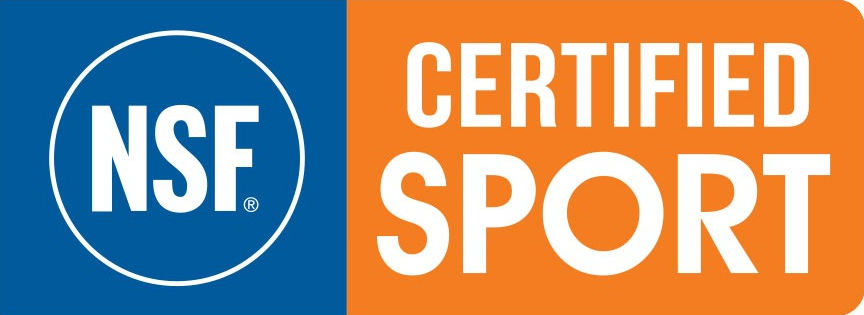

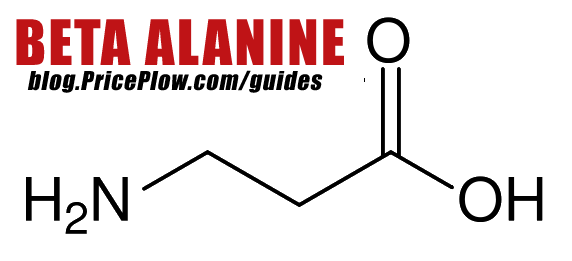
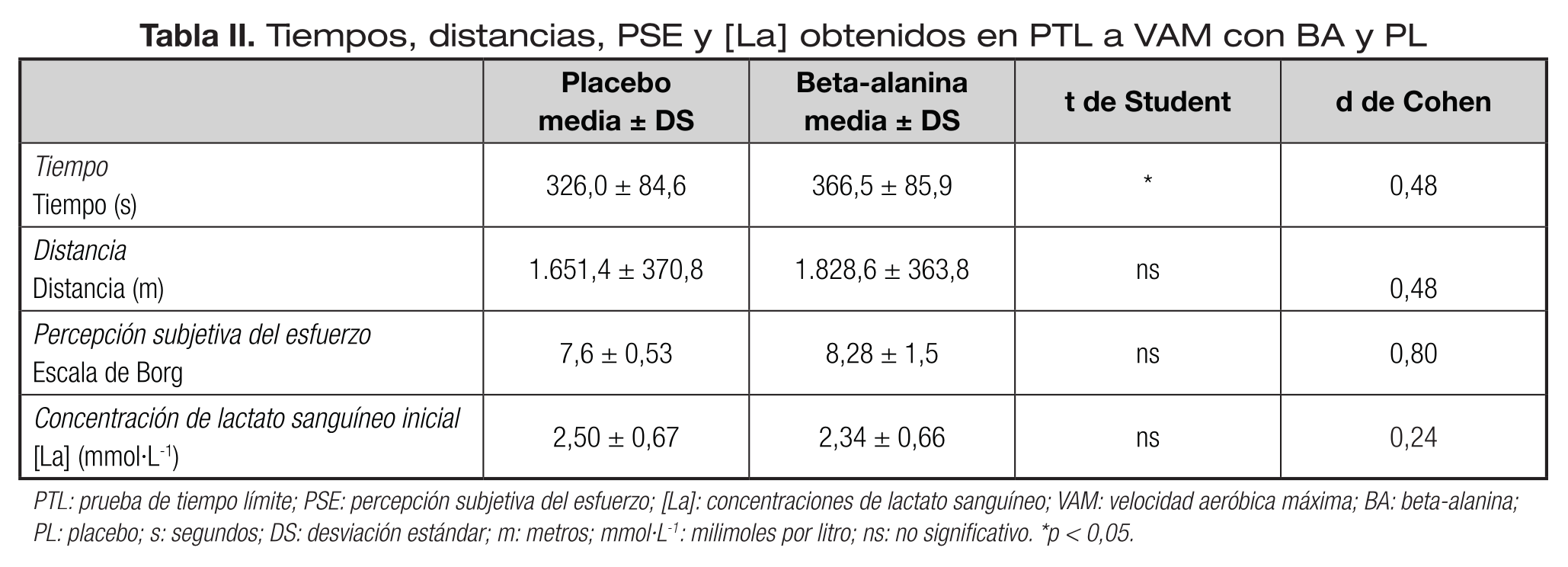

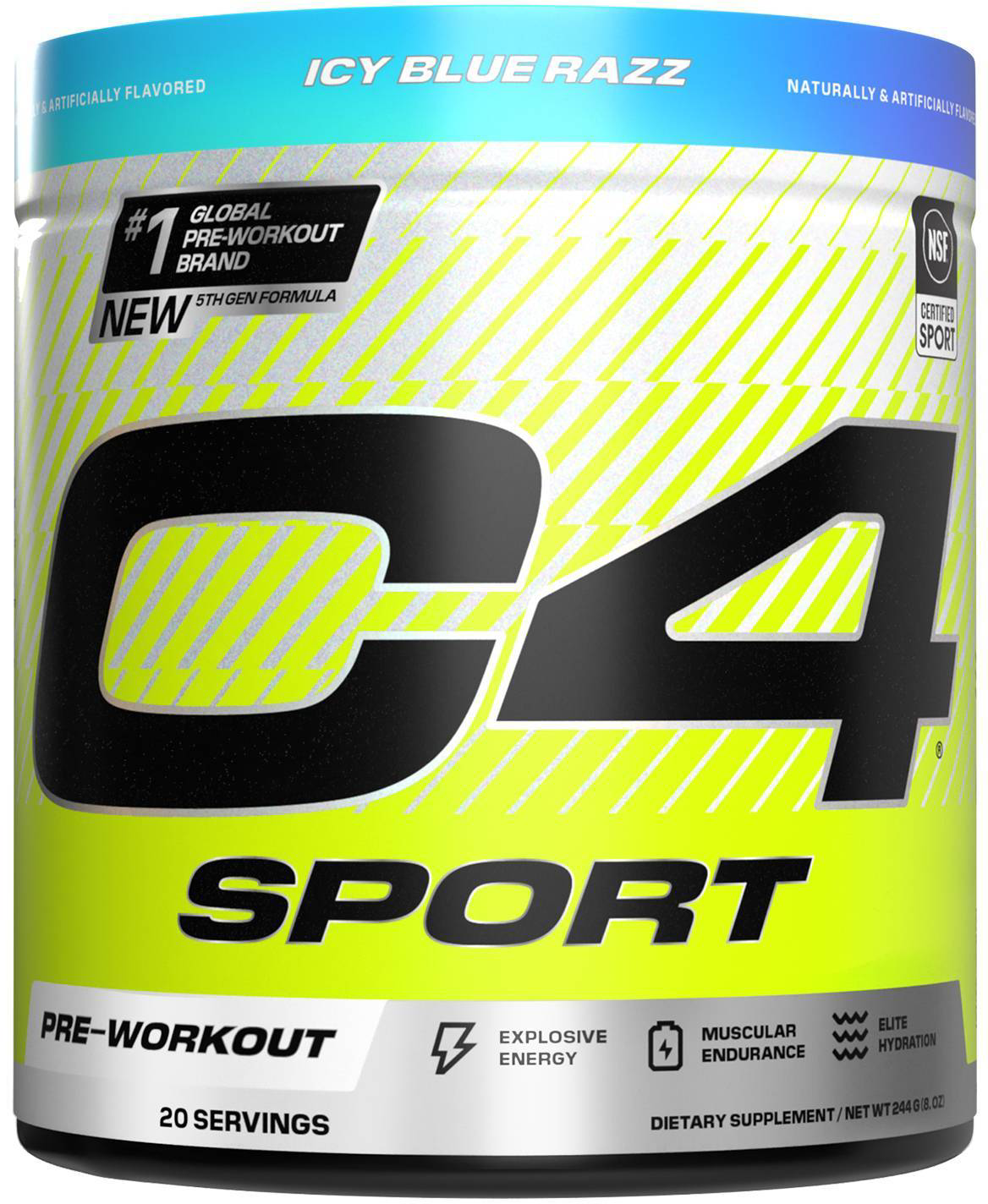
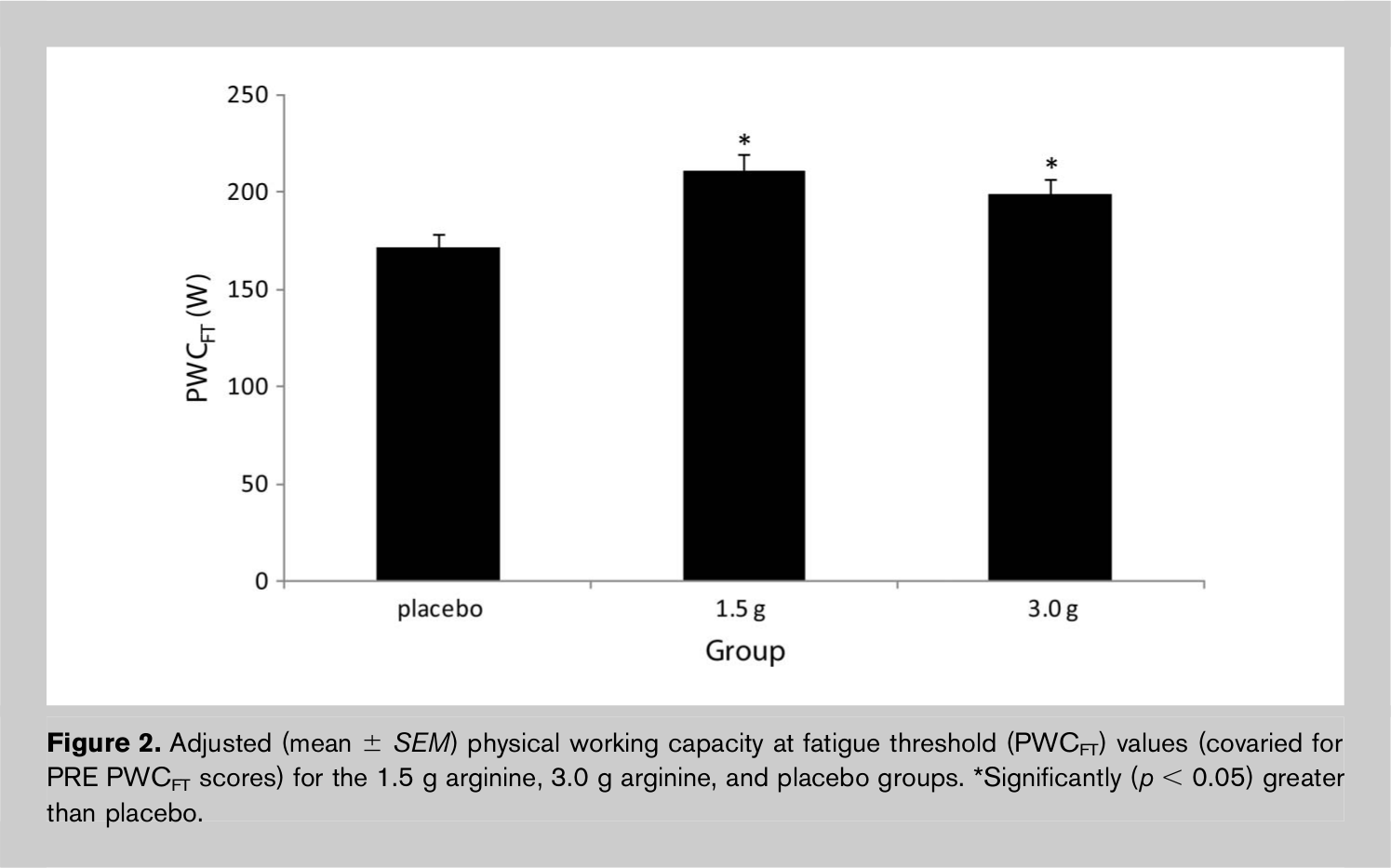

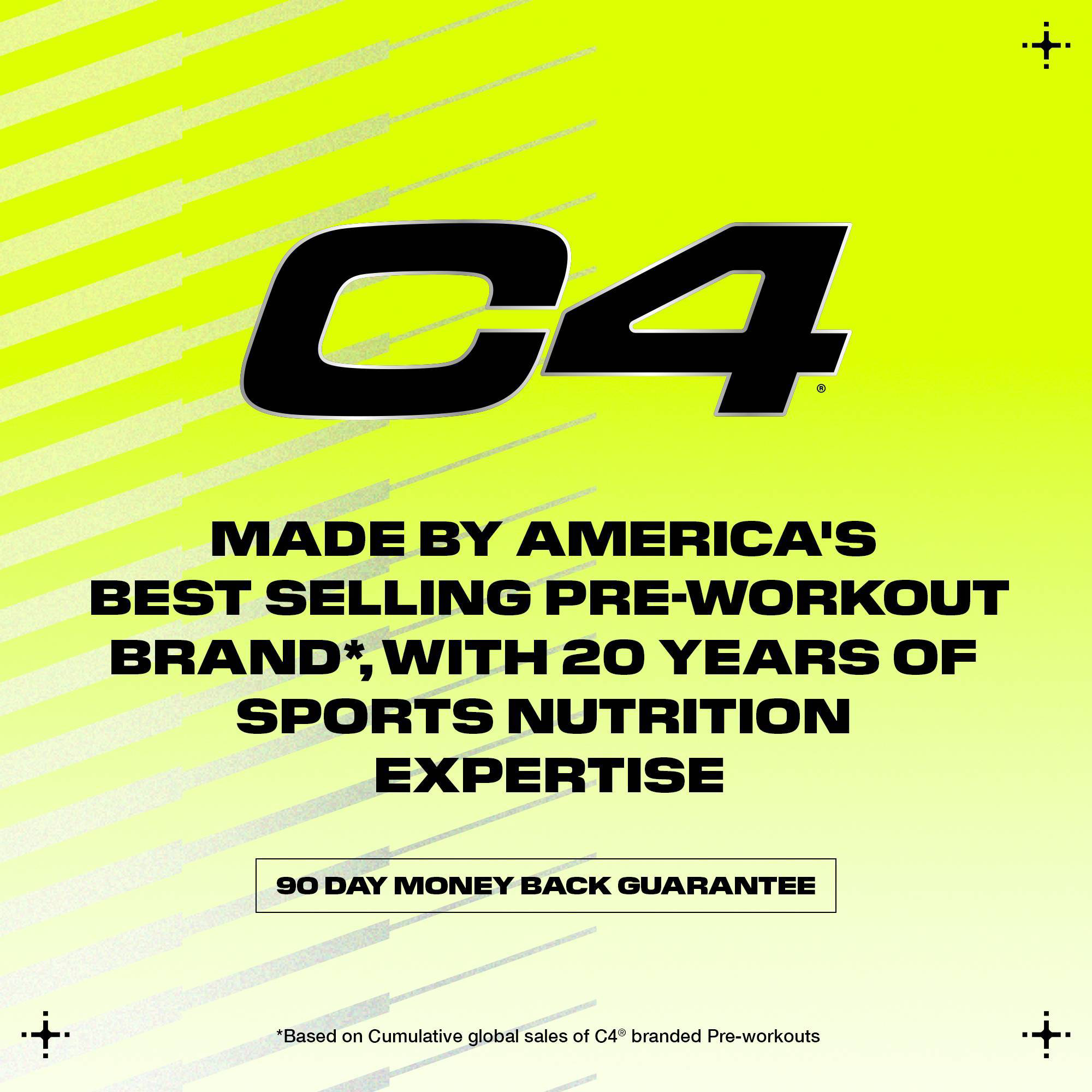
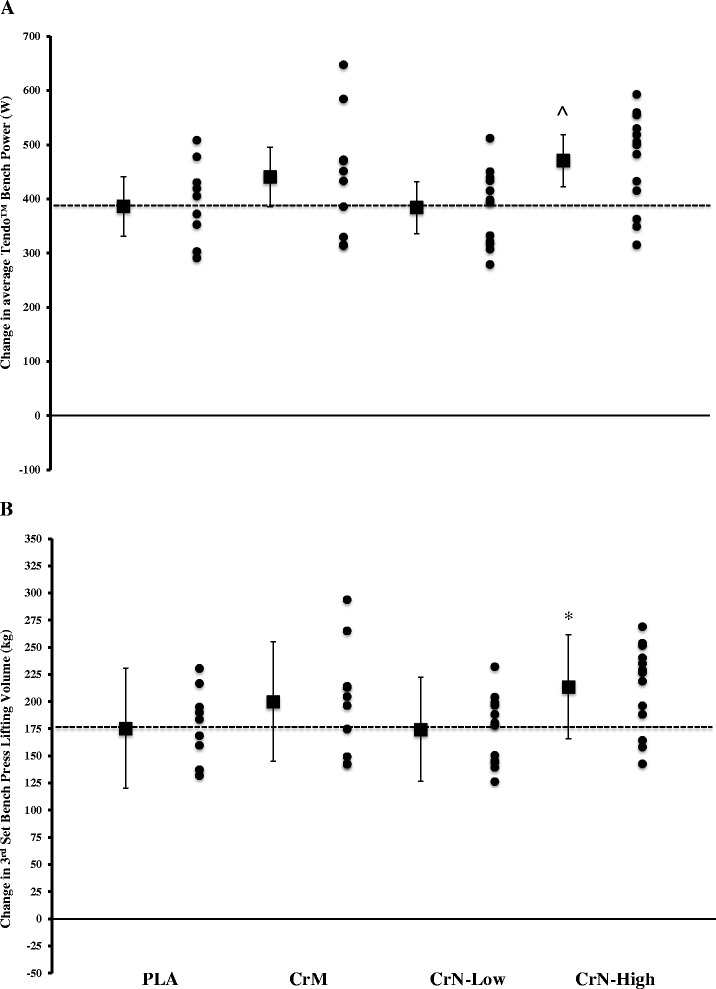
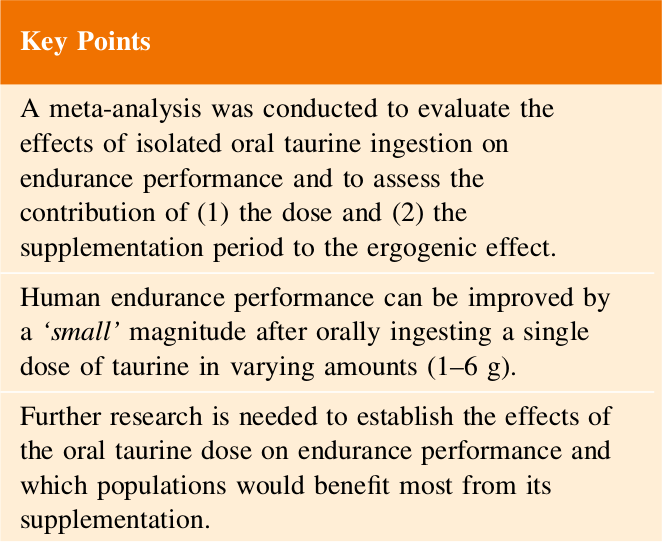

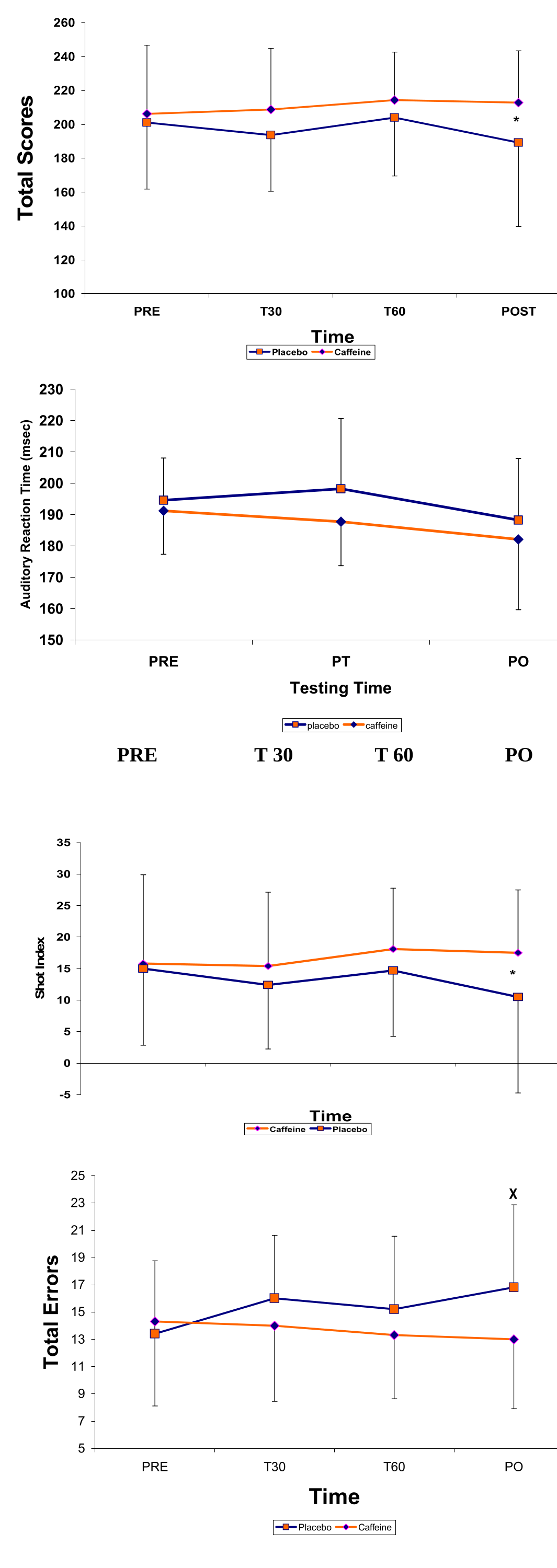
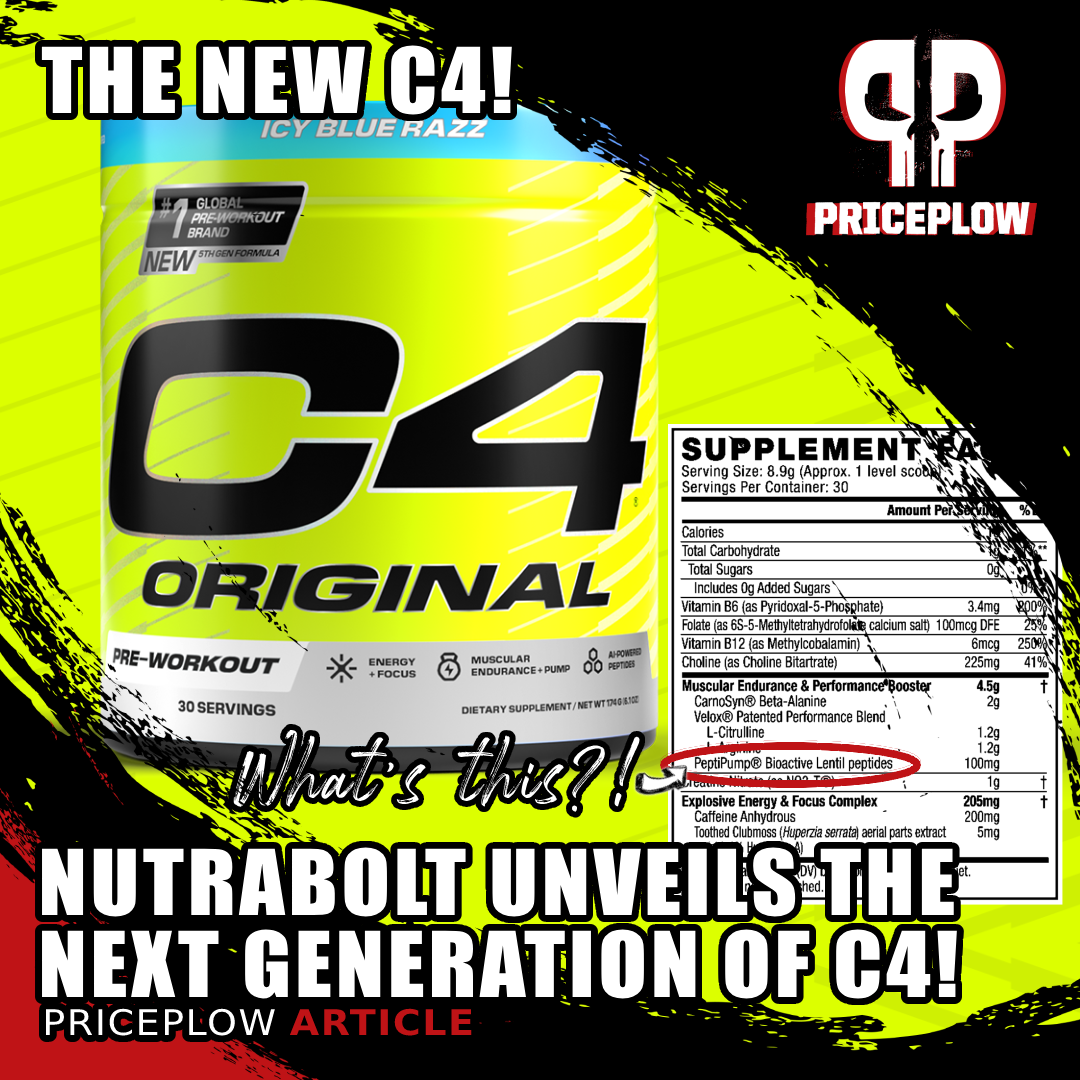

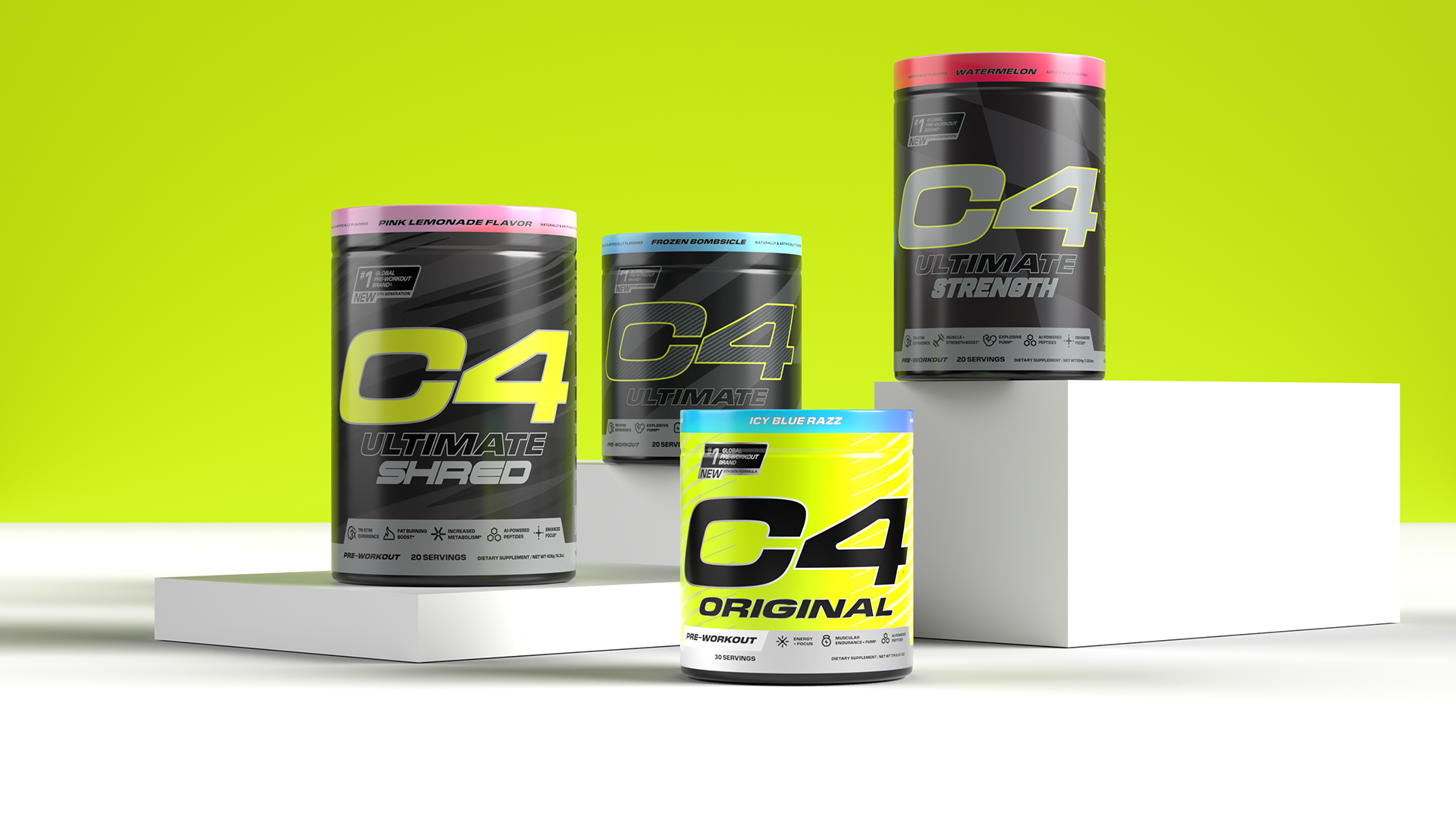
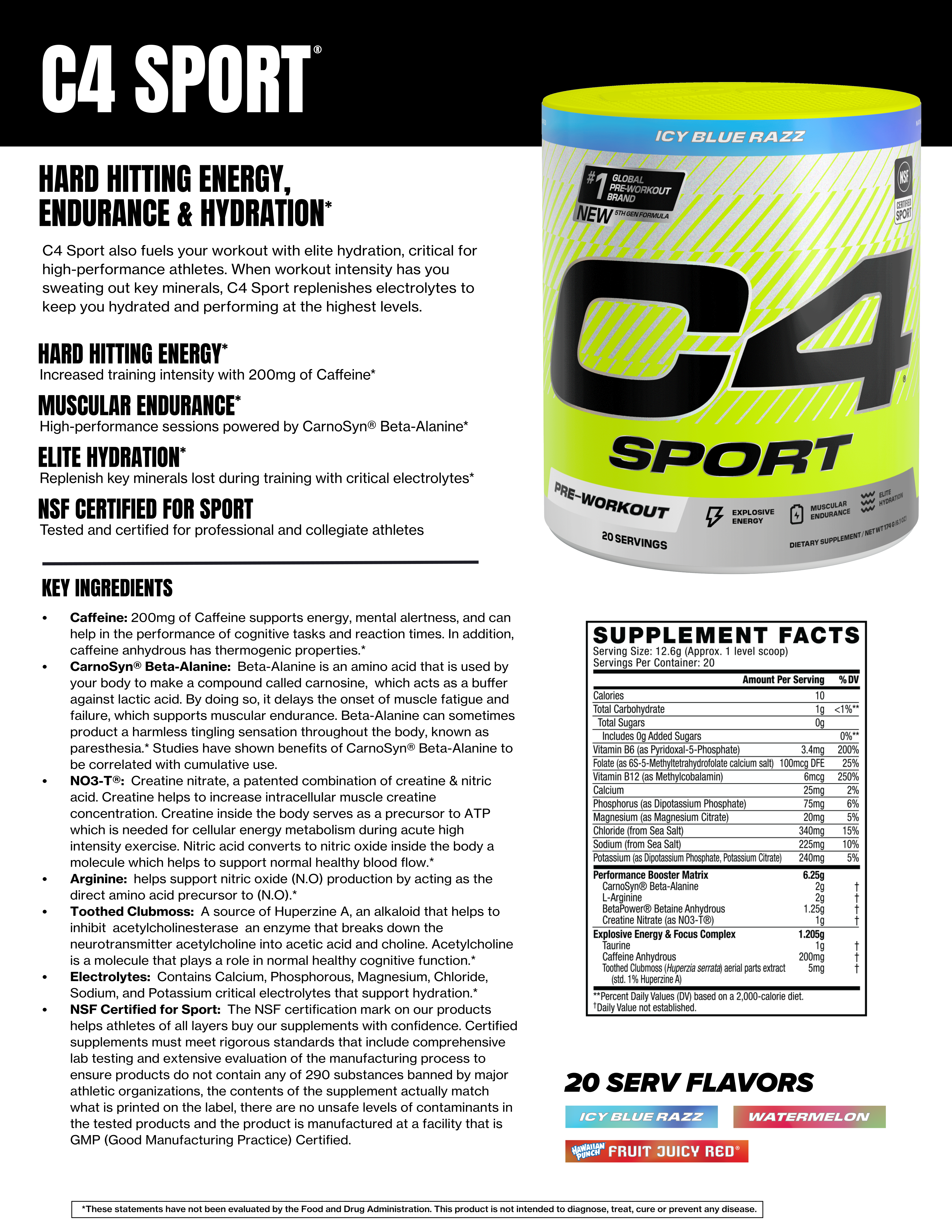
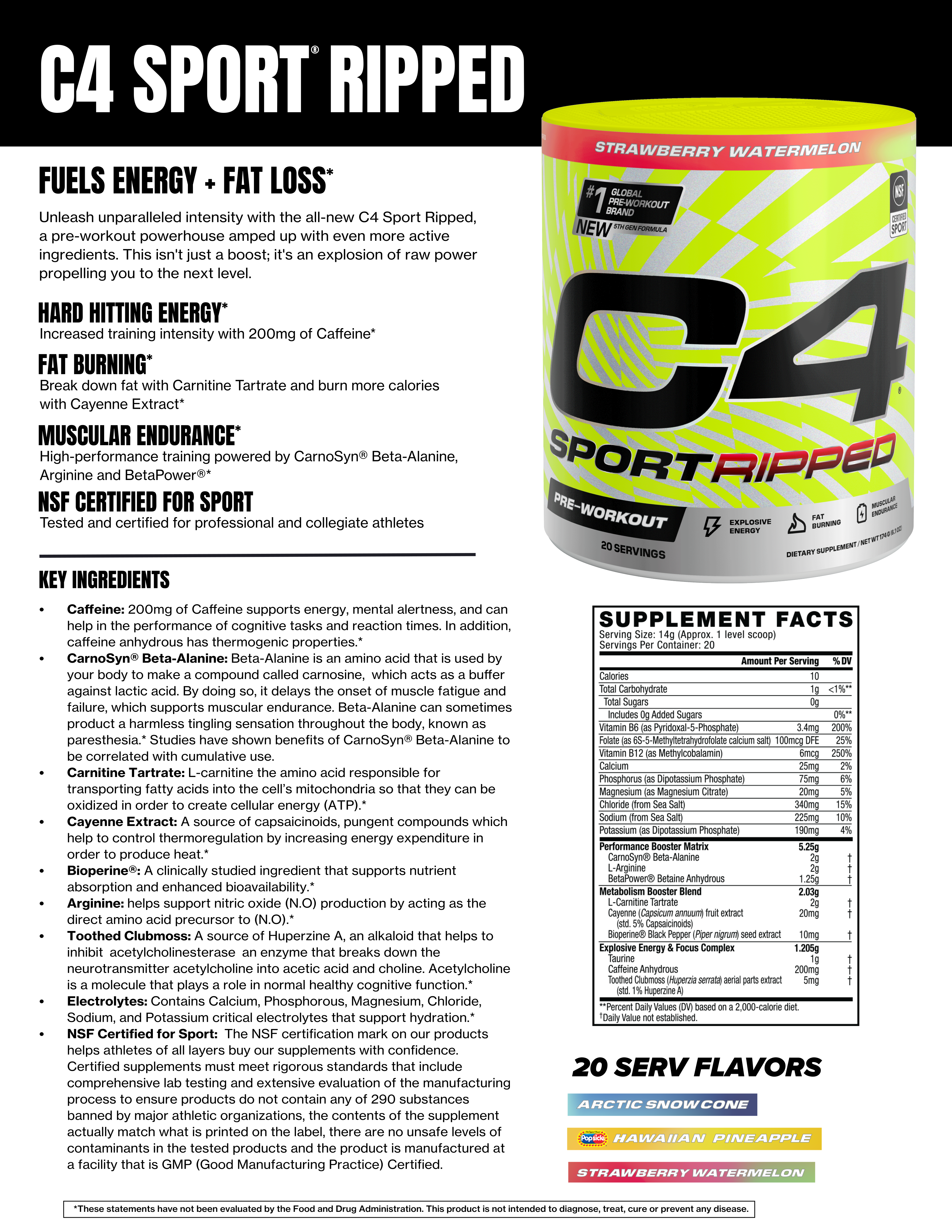
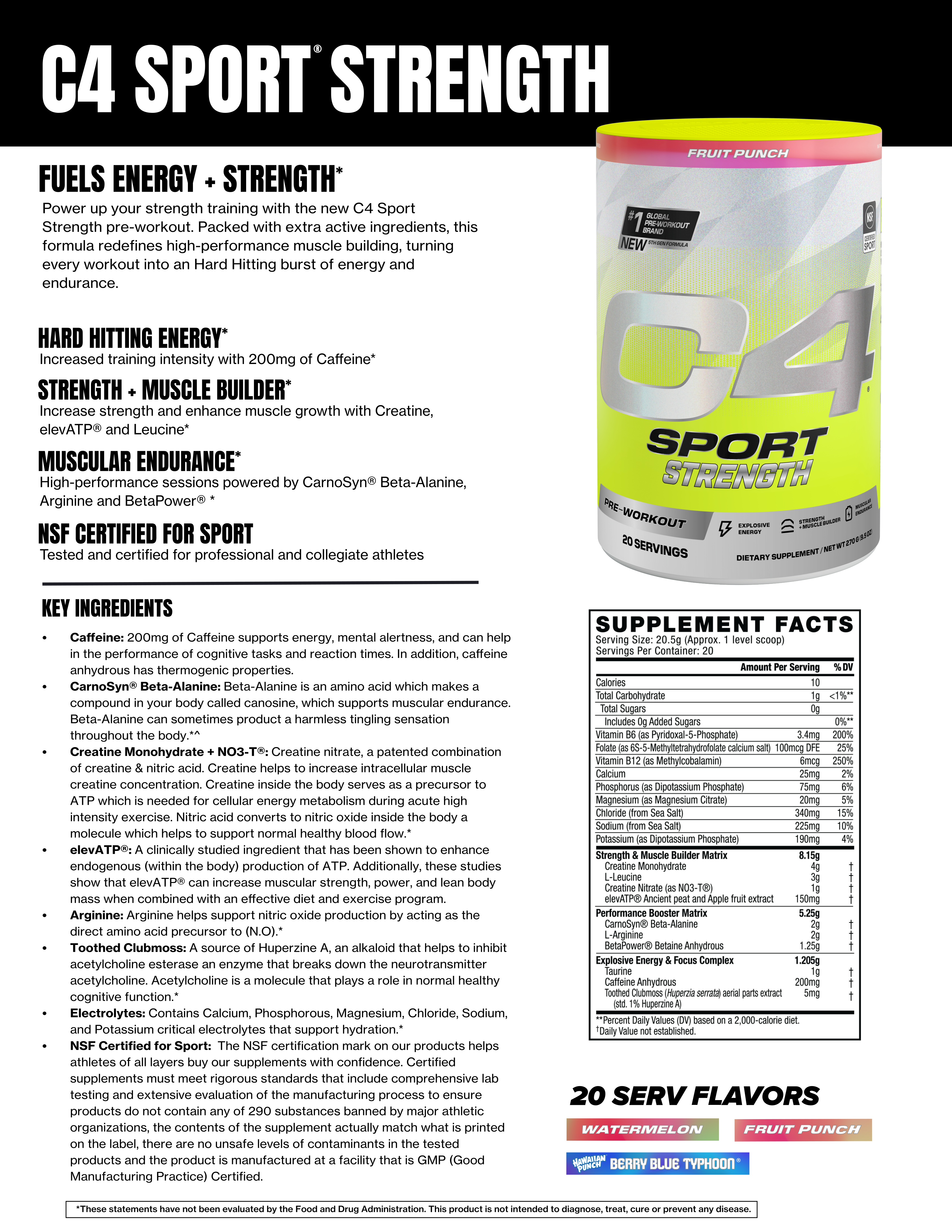
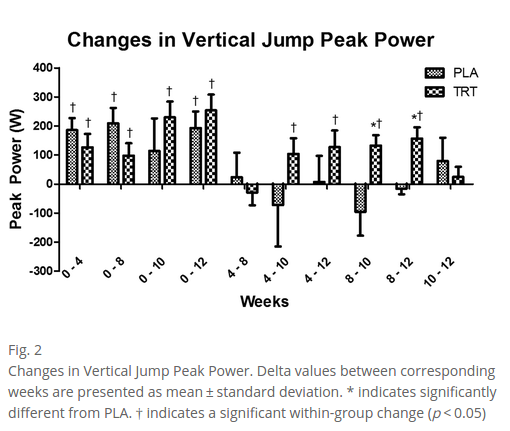
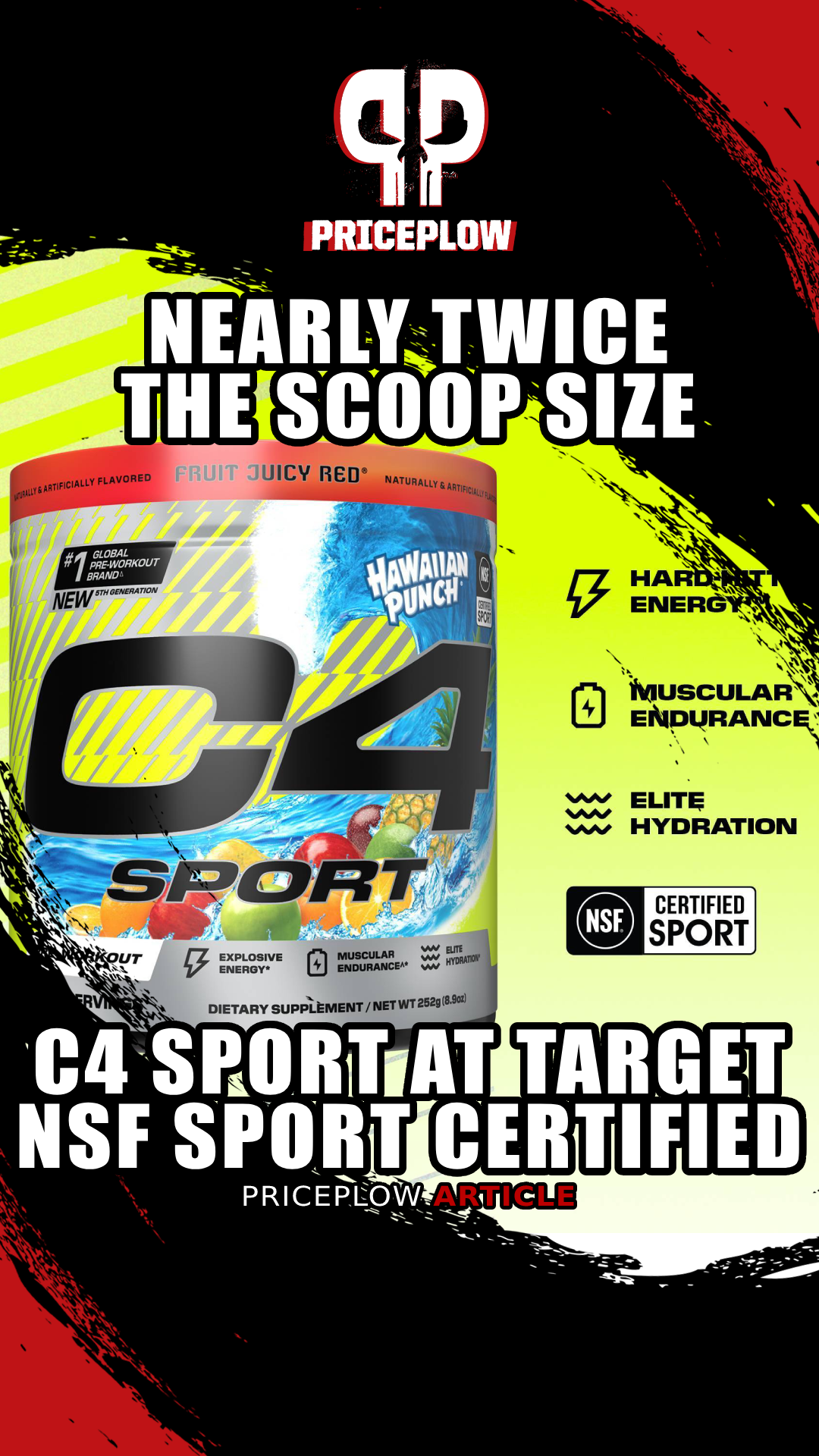


Comments and Discussion (Powered by the PricePlow Forum)